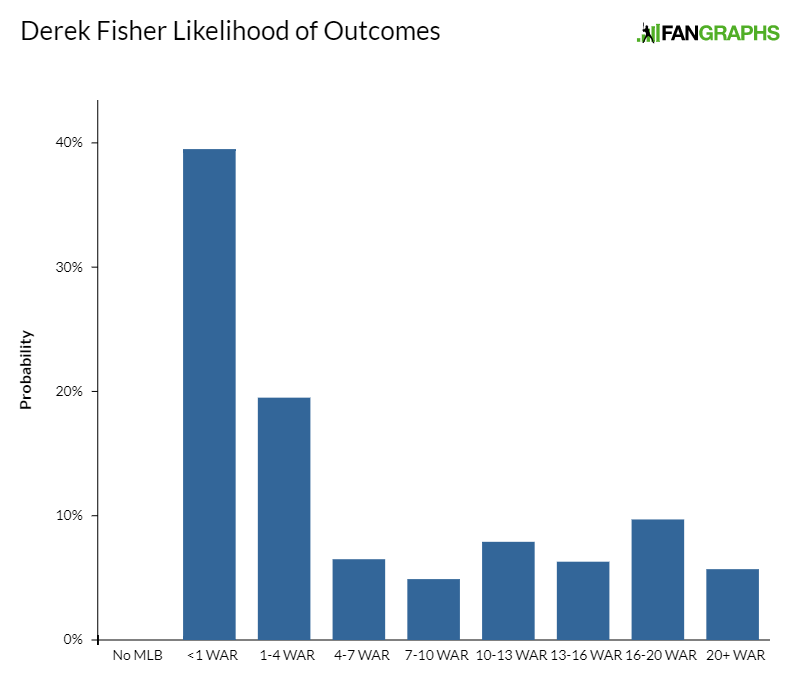If you’re reading this post on FanGraphs, it’s probably safe to assume that you enjoy participating in baseball discussions, even the nerdy variety. And if you enjoy nerdy baseball discussions, the Saber Seminar is your dream weekend.
Officially titled Sabermetrics, Scouting, and the Science of Baseball, the conference is the best event of the year for learning about what is happening in baseball research and development right now, as well as interacting with many of the people on the leading edge of baseball analysis. I’ve been attending for each of the last four years, and it’s a can’t-miss part of my annual calendar.
And this year is shaping up to be even better than most years. With the White Sox in town, GM Rick Hahn will be speaking, and while front office personnel can be somewhat boring, Hahn is one of the exceptions; we’ve had him speak at prior FanGraphs events, and he’s generally the funniest person in the room. Additionally, Yankees AGM Jean Afterman will also be speaking, and you know the Red Sox front office will be well represented as always, with pitching coordinator Brian Bannister already on the confirmed list.
Toss in a bunch of folks with advanced degrees in about every field you can imagine, and this conference is loaded with experts in their fields, ranging from the medical side to physics and beyond. Alan Nathan’s talks are always one of the most informative presentations, and given the ongoing discussion about whether the ball is a factor in MLB’s home run surge, I’m pretty sure you’re going to want to hear what he has to say this year as well.
And this year, we’re bringing most of the FanGraphs crew to Boston as well. Eno Sarris, Jeff Sullivan, and Travis Sawchik will all be making their debuts at the conference, and I’ll be presenting this year as well. We’re looking forward to helping make this the best Saber Seminar yet, despite the high bar past conferences have set.
The event takes place at Boston University on August 5th and 6th, and while we’re still seven weeks out, you’ll definitely want to get your tickets sooner than later. Early admission pricing ($140 per ticket) is in effect through June 22nd, after which the price will rise to $185 through July 15th. After July 15th, the price will go up to $225 per ticket, so you’ll save a lot of money by purchasing them now.
If you’re a student, the Saber Seminar is the best deal of your life, as early student admission is just $65 per ticket. That is a spectacular price for a conference of this quality.
And, as always, the entire event is put on to raise money for charity. This year, The Angioma Alliance will receive 100% of the proceeds raised to help in their fight against brain tumors. All the speakers donate their time and we pay our own cost of travel and lodging to help put on this great event. So the cost of admission will go directly to helping The Angioma Alliance support patients and families dealing with these issues.
Come to Boston the first weekend in August and hang out with us as we talk baseball and raise money for a great cause. I hope to see you there.


